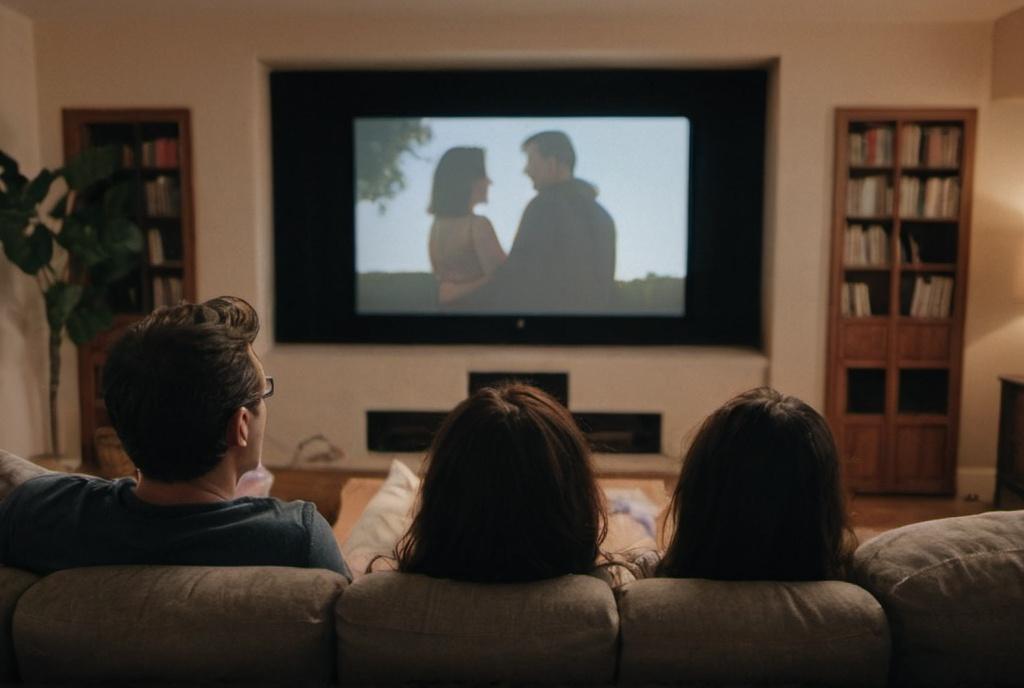
Key Take Aways About scriptwriting essentials
- Scriptwriting balances creativity and structure; it’s the foundation of a good film.
- Scripts are structured in three acts: setup, confrontation, and resolution.
- Strong, relatable characters drive the plot and engage audiences.
- Dialogue should be natural, revealing character and advancing the plot.
- Setting influences mood and enriches the narrative.
- Standard formatting is crucial for clarity in the film industry.
- Writing is a journey; learning from experience helps improve script quality.
- Scriptwriting essentials guide story creation, enabling creativity within structure.

Understanding Scriptwriting Essentials
Scriptwriting isn’t rocket science, but it’s not all rainbows either. It’s an art and a craft, a balancing act between creativity and structure. The foundation of any good film starts here, with a script that grabs attention and holds it. Knowing the essentials is like having a toolkit for translating ideas into scripts that speak to an audience.
The Basic Building Blocks
At the heart of any script are the three acts: the setup, the confrontation, and the resolution. It’s the classic beginning, middle, and end that gives a story its shape. You know this drill, and it’s the rule rather than the exception. Act one sets the scene and introduces the characters. By the end of it, you’re faced with a hook pulling you deeper. Act two, the meat of the story, is where conflict and complication come in, raising the stakes and building tension. In act three, we hit the crescendo with the resolution, wrapping up loose ends.
Characters: The Life of the Script
No one watches a film for a plot alone. Characters pull us in, make us laugh, cry, scream, and sometimes throw things. Crafting characters means giving them goals, conflicts, and depth. It’s about making them relatable, even if they’re aliens or talking animals. Strong characters are memorable and drive the plot forward.
Dialogue: What They Say (and Don’t Say)
Good dialogue is like good music—it’s more than just words on a page. It’s about rhythm and subtext, what characters say and what they hold back. It’s gotta sound natural, like something you might overhear in a café or a bar, even if it’s a conversation between a superhero and a villain. Dialogue reveals character, advances the plot, and sometimes, just paints a picture of the world they live in.
Setting the Scene
Setting isn’t just where the action happens—it’s a character in its own right. It influences the mood and tone. Whether it’s a bustling city or a deserted island, the setting is integral to the story. It provides context and enriches the narrative.
Formatting: Because Presentation Matters
Scripts follow a standard format for a reason. It’s the language of film industry folks, ensuring clarity. This isn’t the place for creative flair—stick to the norm. Times New Roman, 12-point font, one-inch margins—the works. Actions are always present tense, and scene headings tell us exactly where we are. If formatting sounds boring, think of it as the scaffolding that holds up your masterpiece.
Personal Anecdotes and Experience
Remember the first time you sat to write a script? The blank page staring back, mocking, taunting. You wrote a scene, cringed, deleted, and rewrote. We’ve all been there. Every script is a journey, and every writer has a battle story. Learning from these struggles, each script becomes a little less daunting.
Practical Use Cases: From Page to Screen
Let’s say you’re trying to write a rom-com. The meet-cute is crucial, that serendipitous moment where the leads first cross paths. It’s gotta be memorable, because it’s the hinge on which their relationship swings. This is where you play with expectations, setting the stage for chemistry that pops.
And if action’s your thing, think about pacing. Those high-octane scenes need precision. It’s all about timing and impact, keeping the audience at the edge of their seat.
Conclusion
Scriptwriting essentials aren’t just rules—they’re guidelines that shape your stories. Once you’ve got a grip on these, you’re better equipped to bend them, break them if you must, and let your creativity shine. Keep writing, keep hustling, and remember, every Oscar-winning script was once a draft full of mistakes. It’s all part of the process. Ain’t that the truth?



